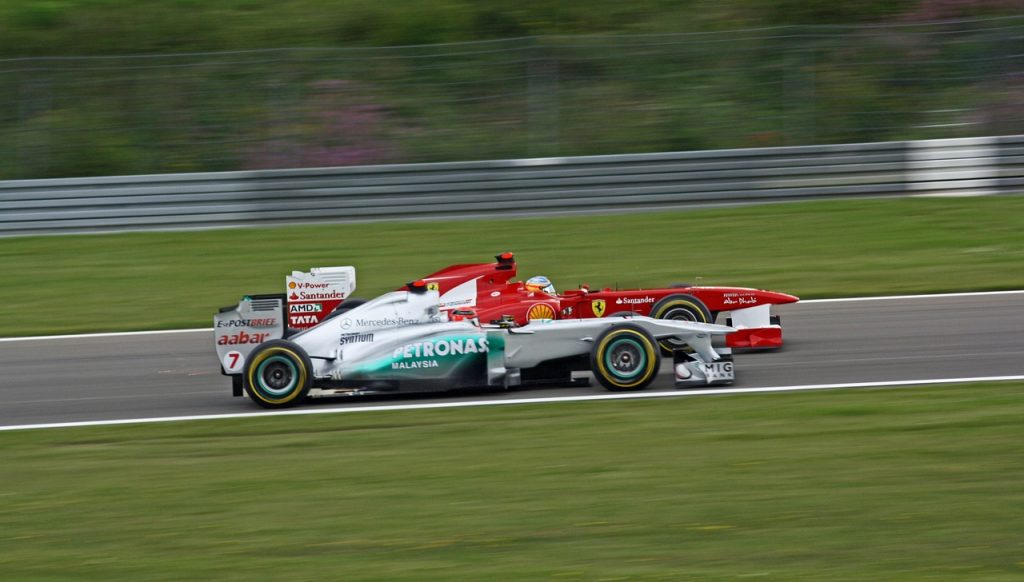
Formula 1 races are known for their unique and dynamic structure, with varying lap counts and durations for each Grand Prix. Unlike some other motorsport categories that operate based on time limits, Formula 1 adheres to a set race distance, which results in a distinct experience for fans worldwide. Here’s a detailed look at what determines the length of an F1 race, how the race weekend unfolds, and the factors that influence its duration.
The Formula 1 Race Weekend Format
Before diving into the specifics of race lengths, it’s important to understand the typical Formula 1 weekend format. Traditionally, the event begins on Friday with two one-hour practice sessions. These sessions allow teams to experiment with car setups, test upgrades, and gather valuable data. For new tracks, such as the Las Vegas circuit introduced in 2023, these sessions provide teams an opportunity to familiarize themselves with the circuit.
Saturday features a final practice session, which teams use to refine their one-lap pace in preparation for qualifying later that day. Qualifying determines the starting grid for Sunday’s main event, the Grand Prix.
In 2021, Formula 1 introduced a sprint race format, adding a new dimension to select weekends. On sprint race weekends, Friday’s schedule includes a single practice session followed by qualifying for Sunday’s Grand Prix. Saturday is reserved for sprint qualifying and the sprint race itself. This shorter race offers roughly one-third of the points awarded in a full Grand Prix and provides fans with additional racing action.
Determining the Number of Laps in an F1 Race
Each Formula 1 race is designed to cover a minimum distance of 190 miles (305 kilometers), except for Monaco, which has a reduced minimum distance of 160 miles (257 kilometers). The number of laps for a race varies depending on the circuit’s length. Shorter circuits, such as Zandvoort (2.6 miles/4.259 km), require more laps to reach the minimum distance. For example, the Dutch Grand Prix consists of 72 laps, while Spa-Francorchamps, a longer circuit at 4.35 miles (7.004 km), only requires 44 laps.
Monaco presents a unique challenge due to its tight, winding streets and slower average speeds. Despite having the highest lap count of any circuit (78 laps), Monaco’s total race distance remains just 160 miles. This adjustment ensures the race can be completed within Formula 1’s two-hour time limit, a rule implemented to keep events manageable for teams and viewers alike.
Factors Affecting Race Length
The duration of a Grand Prix can vary significantly based on several factors:
-
Circuit Characteristics: Tracks with higher average speeds, like Bahrain, result in shorter race times compared to slower circuits like Monaco. For instance, Max Verstappen’s average speed during his 2021 Monaco victory was 98 mph, compared to 179 mph in Bahrain.
-
Safety Cars and Red Flags: Incidents on the track can lead to safety car deployments or race stoppages, extending the total duration.
-
Weather Conditions: Rain and other adverse weather can significantly slow down the race pace, increasing the overall time.
Sprint Races: A New Element in Formula 1
Sprint races, introduced in recent years, provide an additional layer of excitement. These shorter races cover a distance of approximately 62 miles (99.8 km) and vary in lap count depending on the circuit. For example, the 2023 sprint race at Spa consisted of 11 laps, while the sprint at the Red Bull Ring required 24 laps. Other circuits like Baku (17 laps), Circuit of the Americas (19 laps), Losail (19 laps), and Interlagos (24 laps) showcased similar variability.
Maximum Time Limits
While Formula 1 races are structured around distance, there is a maximum time limit in place. Each race must be completed within two hours of active racing time, with an overall event limit of three hours to account for delays such as red flags. This rule ensures races remain concise and predictable for fans and broadcasters.




